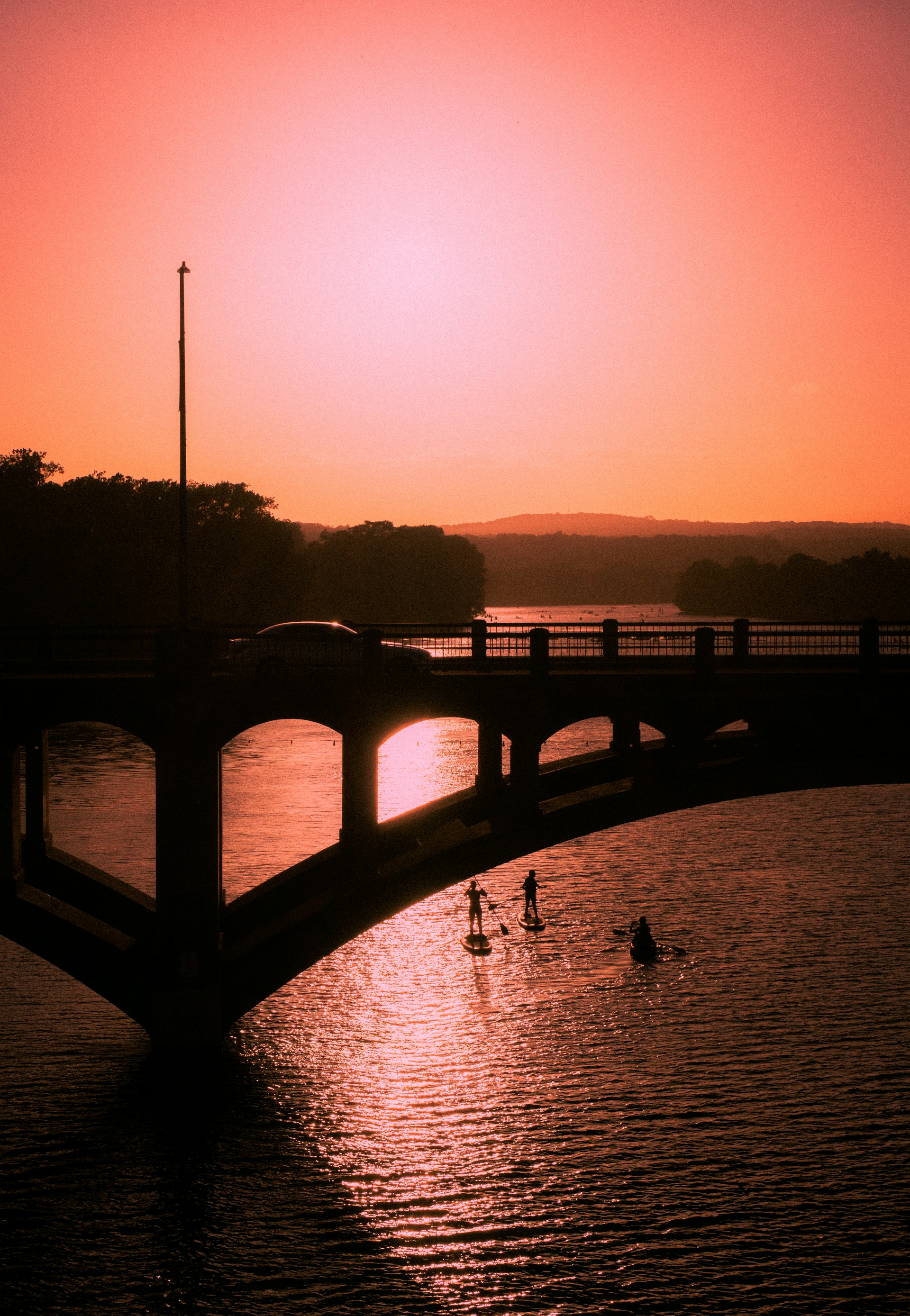
If you live in Austin, especially if you spend time downtown or follow local discussions online, you've heard the whispers. Maybe you've seen the threads, the maps, the worried comments. For years now, a dark cloud of speculation has hung over the tragic deaths that have occurred near Rainey Street and in Lady Bird Lake. Fueled by grief, fear, and the unsettling clustering of incidents, rumors of a potential serial killer have persisted, despite official statements often citing accidental drownings and finding no conclusive evidence of foul play linking the cases.
This ongoing chatter isn't just idle gossip; it reflects a deep community unease and leaves families grappling with unthinkable loss in a fog of uncertainty. While respecting the official investigations, the persistence of these rumors highlights a gap: a community yearning for deeper understanding and definitive clarity that official reports haven't fully provided for everyone.
Could a Different Kind of Investigation Help?
Imagine an independent, rigorous effort focused solely on bringing factual clarity to this issue. Not to contradict or sensationalize, but to meticulously:
- Compile and analyze all publicly available data across the incidents.
- Consult independent experts (forensic pathologists, water safety specialists, toxicologists, statisticians) to interpret the data objectively.
- Review official procedures and reports (where accessible).
- Contextualize the incidents within the specific environment of Rainey Street and the lakefront – the geography, the late-night activity, the safety measures (or lack thereof).
- Separate documented facts from speculation and social media amplification.
The goal wouldn't be to chase a specific theory, but to build the clearest possible picture based on evidence, providing the community and affected families with a comprehensive, unbiased analysis.
The Funding Hurdle
This kind of exhaustive investigation is incredibly resource-intensive. It requires dedicated time from experienced journalists or investigators, significant data analysis capabilities, fees for expert consultations, and potentially navigating complex records requests. It's often beyond the scope of already stretched local newsrooms or the mandate of official bodies without clear new evidence prompting reopening cases. So, the questions linger, and the rumors churn.
Introducing: The “Crowd Coroner” Concept
This is where new models for funding journalism might offer a path forward. What if the community itself could commission such an investigation? We call the idea “Crowd Coroner” – not literal coroners, but a metaphor for the community collectively seeking a closer, independent examination of the facts surrounding persistent, troubling local questions.
Imagine a trusted, independent journalist or investigative team with a strong track record for sensitivity and rigor proposing a project: “An Evidence-Based Analysis of Deaths Near Lady Bird Lake & Rainey Street.” The proposal would outline their methodology, required resources, commitment to objectivity, and plan for transparently sharing findings (while respecting victim privacy).
Could a platform then enable the community – individuals, maybe local businesses, perhaps foundations – to directly fund that specific project? Could mechanisms like the Story-Stock provide the necessary resources to empower that team to do the deep, focused work required, solely aimed at establishing facts and providing clarity?
Seeking Truth, Not Headlines
Crucially, the objective of such a community-funded investigation must be clarity and factual understanding, not predetermined conclusions or sensationalism. The team's commitment would be to rigorous, ethical investigation and transparent reporting of findings, whatever they may be. It's about providing the community with the best possible understanding based on evidence, helping to either substantiate concerns with facts or firmly ground explanations in verifiable data, allowing for informed discussion about actual risks and necessary safety improvements.
A Path for Tough Questions?
Should sensitive, complex local issues that generate persistent community fear and speculation warrant this kind of deep, independent, community-supported investigation? What would it take to build the necessary trust – in the platform, in the journalists – to undertake such work responsibly?
At IHJ, we're building tools and exploring models, like the Story-Stock, that could potentially empower communities to fund the journalism and investigations they deem essential, even – perhaps especially – when tackling Austin's toughest questions.
Is the “Crowd Coroner” concept, approached ethically and rigorously, a path worth pursuing?